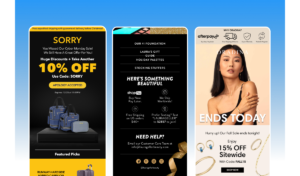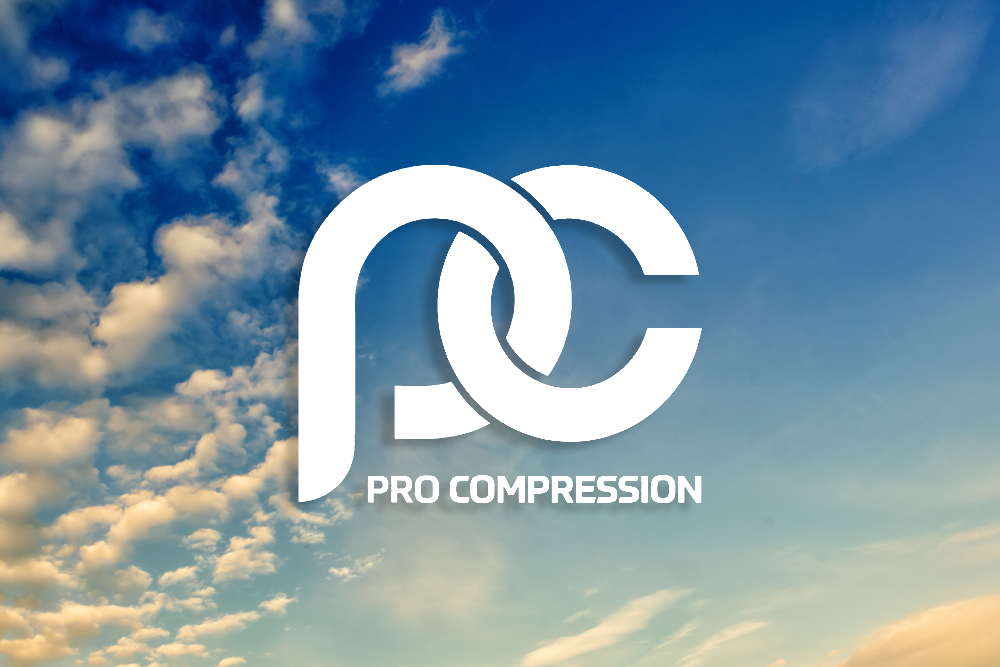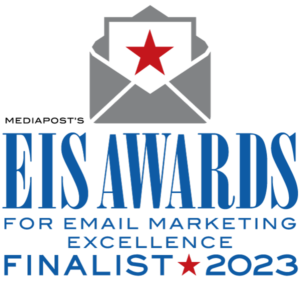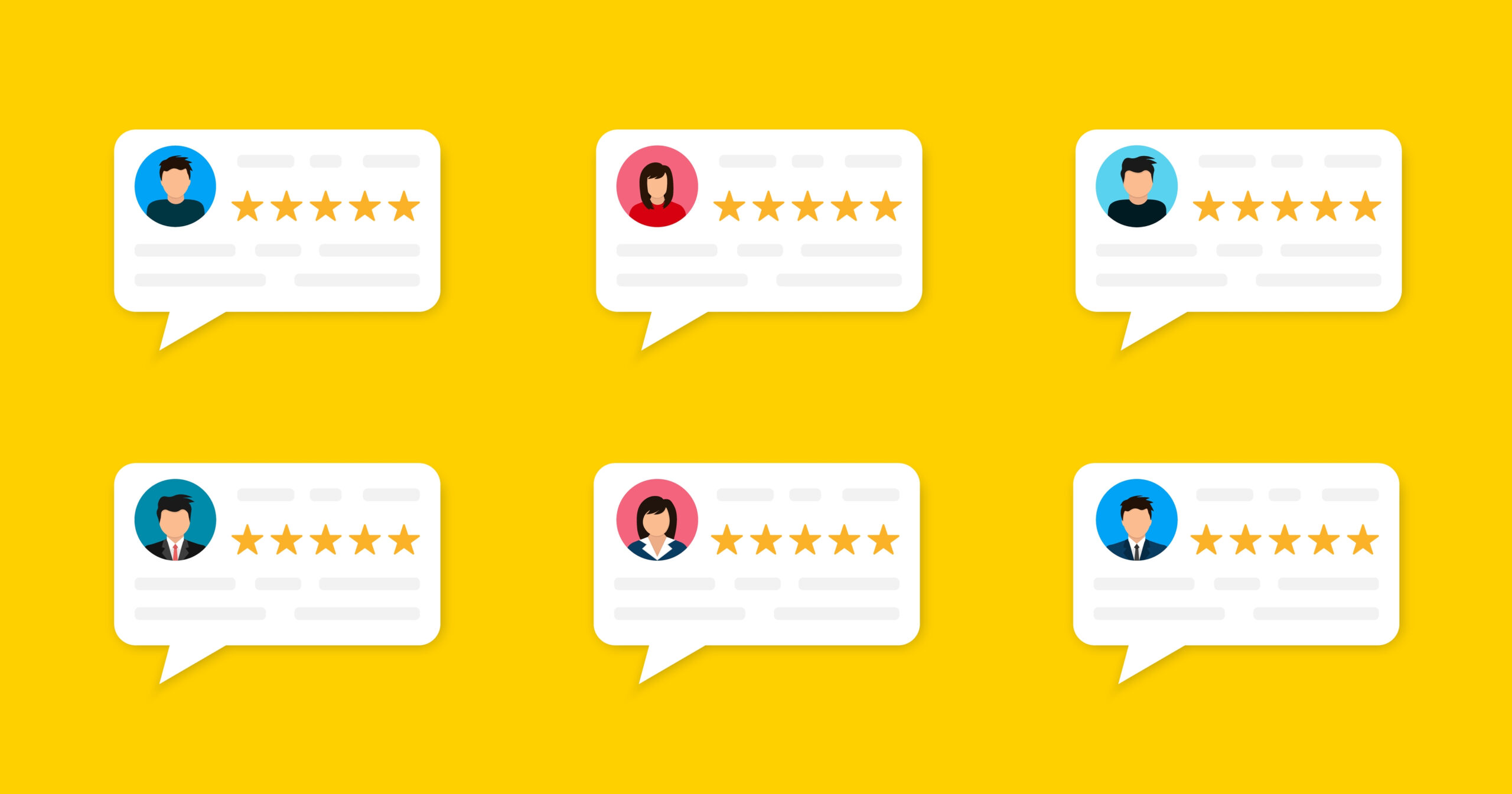The Kind of Retargeting You May Not Know About, But You Should: Email Retargeting (Part 2)
In 2015, one out of five demand marketers used retargeting campaigns to improve conversion rates (source: regalix). Plenty of brands run plenty of traditional banner and email retargeting campaigns using their own first party data to bring back those cart and search abandoners — and they’ve certainly seen some satisfying incremental sales from those campaigns! (As a refresher, recall we took a look at these basic forms of email retargeting and their overall benefits in Part 1 of this blog.) But, in an age of attention-deficit consumers who use multiple devices to shop at various times, and who use email client kings like Google to programmatically weed out promotional emails as spam, retailers and brands need more complex strategies to capture email addresses, engage shoppers throughout the journey, and to nurture ongoing customer relationships through email. Without the acquisition of new email addresses and the full attention of those customers to the message content, it’s difficult to totally optimize sales and customer experiences. Time to get creative and explore some more advanced email retargeting strategies that will hit shoppers at every stage of the funnel, increasing retailers’ chances of capturing emails and closing the sale. [This could be in a quote box]
“The revenue retailers derive from their triggered email campaigns should now exceed the revenue derived from their bulk emails because of the very practice of CRM [Customer Relationship Management]; sending relevant marketing messages to shoppers based on their demonstrated interests.” — Jack Sturn, Senior Vice President of 4Cite Stage by Stage, Customer by Customer You’ve already started remarketing to customers throughout the shopper funnel. Each stage represents a group to be converted, but without continuously acquiring first party data to do it, your options become limited and your ROI plateaus. Enter: third party data email retargeting. Using precisely targeted techniques, you can team up with various partners, like 4Cite, to acquire more customers, collect more data, and reach more shoppers at every stage of the funnel.
Top-of-Funnel
Who they are: Those shoppers still in the search and product/brand research phase. They aren’t entirely familiar with your products and just browse your site superficially, without adding anything to their carts. And, unfortunately, 98% of them don’t convert to paying customers during that initial site visit.
What you’re already doing with email and retargeting to engage them: Lacking an email address and only using basic retargeting cookies, you might have hit them with a retargeted ad. Perhaps it was effective in engaging those who demonstrated the most intent to convert, but the rest have still dropped off. If the customer did leave an email address (unlikely at this stage), you can trigger a retargeted email with generic popular content, i.e. first-time customer offers.
How you can use third party data to engage further: If the customer didn’t leave an email address (most likely), have no fear! Third party email retargeting partners, like ReachDynamics and 4Cite can determine who visited your site, what they did onsite, and how likely they are to convert, all while helping to curate an aptly-timed email with behavior-based content. You can bring those customers back before they’ve even had the chance to browse your competitor’s site.
Mid-Funnel
Who: We know this group well: the cart abandoners who have demonstrated intent to purchase, or at least interest in specific products. Email retargeting seems simple enough at this point. However, it gets trickier when the customer is adding to their cart on one device, and continuing to browse and check email later on another device. Without a login trail to follow, how and when are you supposed to engage this group?
What: As this is the most common group retargeted via email, you’re most likely sending them an immediate message with relevant follow-up promos and prompts directing the customer to complete the purchase. If the customer sees the message, this kind of email retargeting is extremely effective. However, how many customers actually see and open them? Generally speaking, as many as 60% of email marketing recipients does not open a given brand’s email in a 30-day period. Because of timing and content issues, it’s more challenging than ever to lure customers into opening retargeted promotional emails, or to even offer their contact information upfront before a purchase.
How: You’re not facing this problem alone! As mobile continues to dominate digital, and iPads take over as the new desktop, marketing strategies have to respond in kind. Outside partners can help navigate this ever-changing landscape — providers, such as 4Cite, can identify when consumers are online, across devices, and trigger your retargeted emails to deploy when those shoppers are most likely to check their inboxes. The results? Jack Sturn of 4Cite attests that “Using 4Cite’s On Target service, the marketer is rewarded with open rates 3x-4x the norm of bulk sends, click through rates 4x-5x higher than normal, and spend/emails-delivered returns that are 8x-10x their bulk send norm.” Now that’s timing!
Low-Funnel
Who: The lowest-hanging-fruit group and the fewest clicks away from conversion. These customers drop off at checkout, but hopefully, you’ve already included email signup as one of the first steps in that process, giving you the easiest of opportunities to close the sale with email retargeting.
What: Hopefully, you’ve collected some contact info at this point in the shopper’s journey so you can trigger a timely and intent-appropriate message to complete that conversion. And, you can play this email retargeting opportunity to your advantage by not only curating the message according to cart-specific intent, but also by upselling additional products they may have missed while cruising your site.
How: If you haven’t included an email collection form within your checkout process, any third party partner would recommend you start there. In the meantime, you can treat those anonymous checkout-abandoners as higher funnel consumers who have given you much more specific intent information to work with. Join forces with a partner like 4Cite to identify why and when those shoppers dropped out at checkout so you can trigger the most appropriate retargeted email to bring them back.
Same Goals, Further Reach
Want to take it all a step further? There’s another option to expand your audience and drive new traffic to your site utilizing others’ first party data to retarget potential shoppers through email. One of SellUp’s partners, LiveIntent, offers an innovative platform that inserts your retargeted ads into popular publishers’ and brands’ email programs. These brands and publishers are part of a larger advertising network which allows for hyper-targeted ad opportunities within their email newsletters, promotional blasts, daily updates, etc. You now have access to these outside, offsite email subscribers who have opted in and trust the content sent out by this network — and who are very likely to actually open these emails and see your retargeted content.
It All Starts and Ends With Email
91% of consumers use email at least once a day and it’s 40x better at acquiring new customers than Facebook and Twitter (source: LiveIntent). In a brand’s endless quest to drive ROI, email and those precious email subscribers remain at the heart of it. Layering strategic retargeting on top of an already successful email program will only serve to extend your reach, drive more traffic back to your site, and foster quality customer relationships.





